
I found a passion for teaching after delivering a drumming workshop nearly 10 years ago. So I decided to retrain and share my knowledge with others.
I hope you find my post a useful read and please feel free to use any of the resources that I've created, as I'll be posting more over the next few days.
“It is the supreme art of the teacher
To awaken joy in creative expression and knowledge”*
Albert Einstein
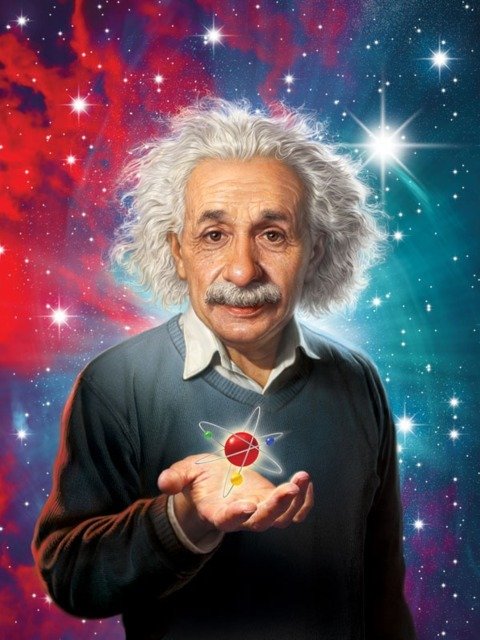
Review your role, responsibilities and boundaries as a teacher in terms of the teaching/training cycle.

As a music specialist and tutor at a special educational needs school, my role is to teach the students rhythm and drumming techniques that will enable them to get the best use out of their instruments. I am responsible for their development as far as getting them ready to perform in a live performance at the end of the school term, for instance, the Christmas production or a special event in the school calendar.
In order to do this, I must build a strong professional relationship between myself and the students which enable them to feel confident and safe, overcoming the boundaries often faced by teachers in my field is also an important skill to learn as the behavioural, emotional and physical demands can become a real issue if they are not addressed early.
In order to carry out my roles and responsibilities in this position effectively, there are certain professional skills required.
These can be divided into 4 different categories
Teacher as a person:
Confident in communication
Flexible and patient
Empathetic and engaging
Approachable and humorous
Teacher as a classroom manager and organiser:
Good behaviour management
Consistent and fair
Lesson control
Time management
Teacher teaching:
Passionate about the subject
Allow for equal opportunities
Fun and engaging lessons for all
Student centered activities
Teacher monitoring student progress and potential:
A good range of assessment methods
Aware of student well being
Realistic target setting
Give written and verbal feedback where necessary
The Teacher Training Cycle
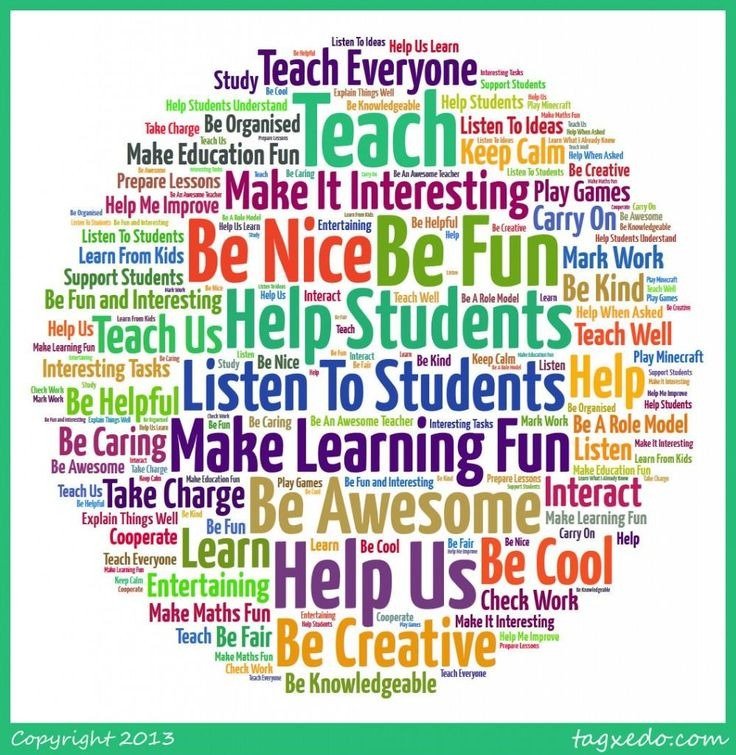
The teaching/training cycle provides a cohesive structure within which roles responsibilities and boundaries can be assessed and reflected upon. The structure of the cycle is very well balanced so the teacher is able to multi-task stages in a constantly developing way. This ensures that the teacher and students reflective growth of role, responsibilities and boundaries remains core to reaching an understanding of the aims and objectives relating to development and the course.
Roles, responsibilities and boundaries
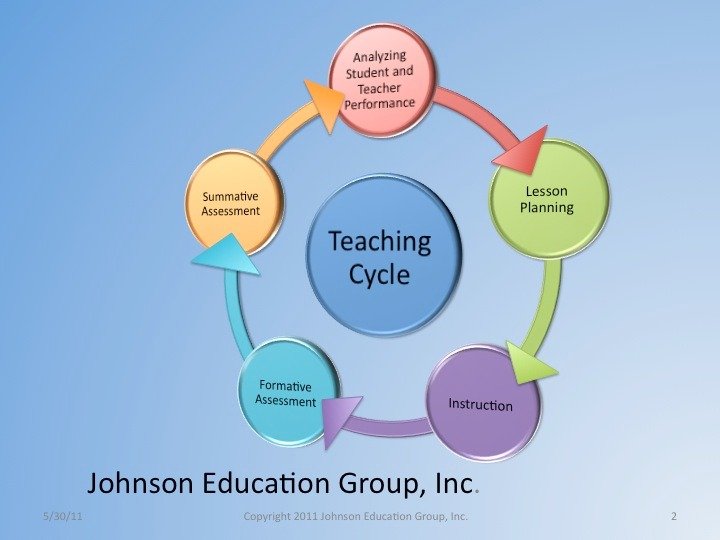
Teacher Roles
• Deliver course content
• Become role model
• Design schemes of work
• Catering for different learning styles
• Implement and deliver
• Implement and deliver
• Plan and design
• Identify needs
Teacher Responsibilities
• Motivation skills
• Responsible for completed work
• Assessing and marking
• Classroom health and safety
• Attending meetings
• CPD and training
• Planning and design
• Assess and evaluate
• Assess and evaluate
• Identify needs
• Plan and design
Teacher Boundaries
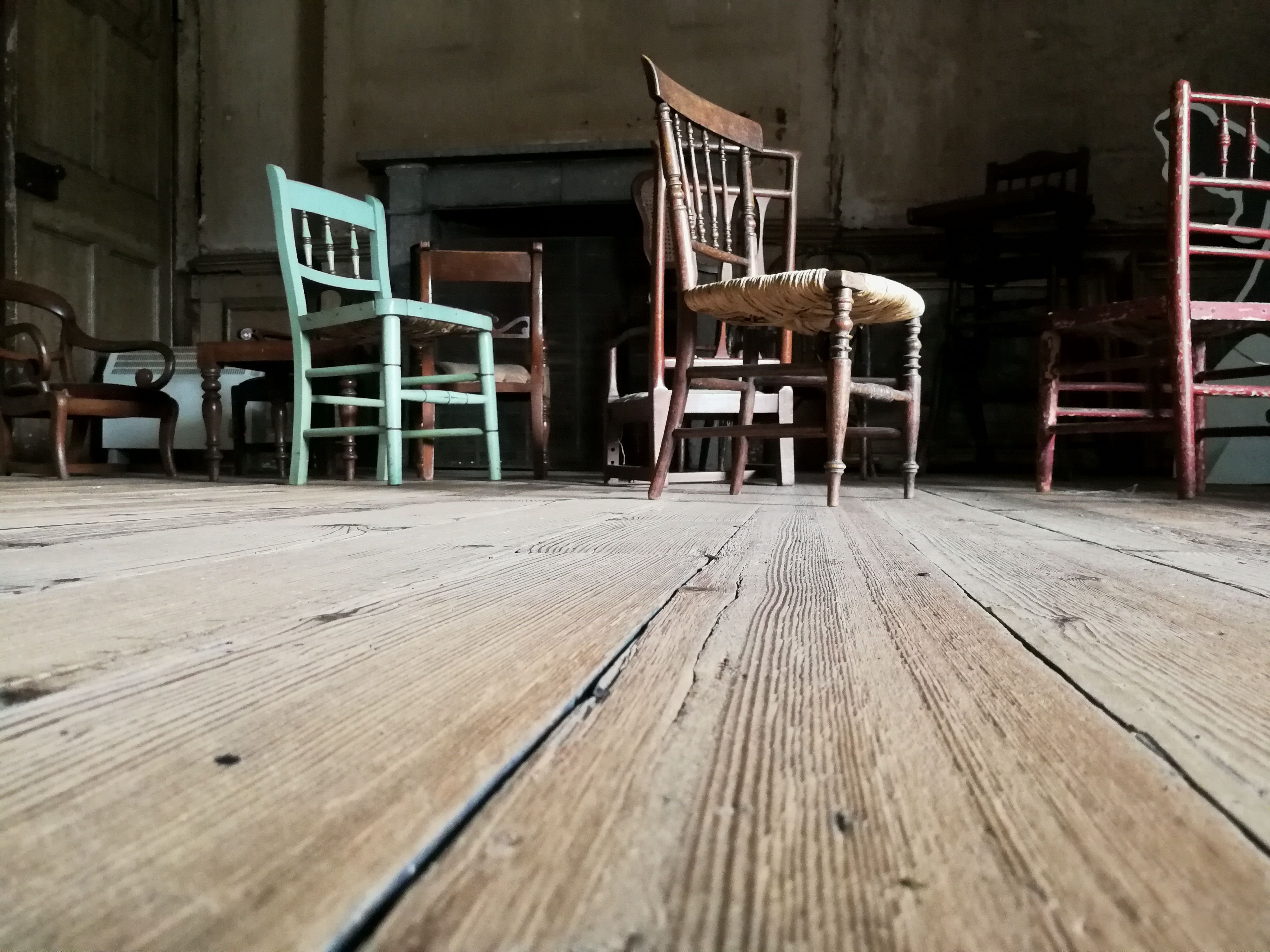
Image taken by me at Calke Abbey
Mutual respect
• Safeguarding issues
• Managing communication and
relationships in the establishment
• Setting boundaries and needs
• Implement deliver
• Identify needs
• Plan and design
• Implement and deliver
Identify needs

There are different procedures for identifying learning needs. Many times, in trying to identify the needs of students, a Teacher can find their selves going back to student records which contain personal details and learning needs with information on their preferred learning styles. Students’ gender, age, moral, social, cultural and spiritual backgrounds do vary, so are their reasons for the course. This is why as a teacher in my subject area I look at students’ motivation and behaviour closely in order to identify their needs.
Plan and design
.png)
From what I have learnt from my subject area and the School where I teach, planning and designing what is to be taught needs careful planning. Designing lesson objectives, creating different teaching methods and using media based tools really help the students with the overall learning experience which is in line with the organisation and evaluative procedures.
Deliver
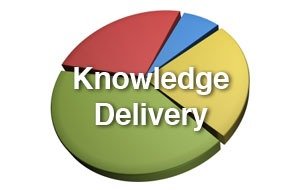
The stage of delivery for me as a special needs music teacher is vital. This is where, after all the planning and design is done, I have to deliver the content of the lesson to students successfully, as any failure here means the whole process is in jeopardy, which can ultimately cause behaviour issues.
Assess

Assessing students in my subject has to do with how well students have learnt a particular bespoke set of skills. My satisfaction therefore would be if my students have learnt what I intended them to learn during my teaching session. I assess this by asking them questions on the topic taught, giving out fun quizzes and encouraging them to make contributions in a group discussion. In doing this, one has to make sure that there are boundaries. Testing should be fair for all students, it should reflect capabilities as regards differentiation (if possible, a dyslexic student whose writing in scruffy and hard to understand should be given a laptop to use word to process his thoughts), testing should not be used to discriminate between and among students. Assessment should also be valid to the subject.
Evaluation
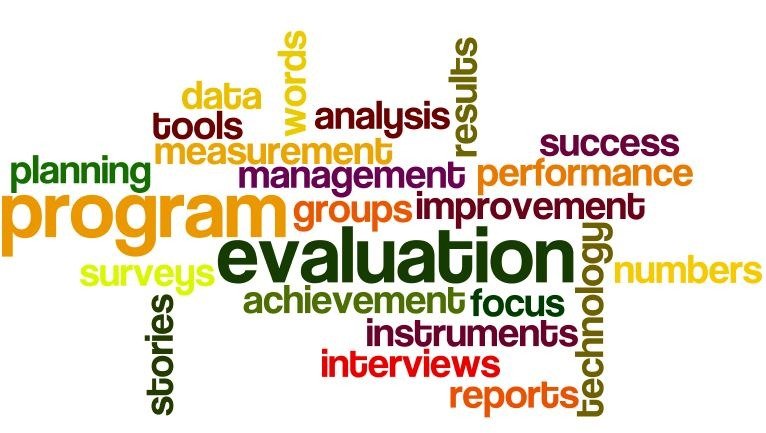
Evaluation of the teaching and learning process is successful when I record students’ progress, behaviour and performance with informal and formal assessment results, paying attention to the learning methods which most enhances students’ learning in order to adjust my present and future lesson plans for my subjects if need be.
“Competence is possessing skill and knowledge that allows us to do something successfully. It also describes the ability to apply prior experience to new situations with good effect. Our competency usually increases over time as we acquire more information and ability through inquiry, observation, and participation”. Author: Anon
To summarise all of the above factors would be to say that these roles, responsibilities and boundaries assist teachers in delivering and enabling learning not only as a teacher teaching, but as a classroom manager and organiser and when monitoring student progress and potential. The personal qualities and skills acquired with the use of a model such as the Teacher Training Cycle enables continuous improvement in their procedures through assessment and reflection, this also allows the teacher to overcome possible boundaries they may face; this in essence ensures that the learner has a positive learning experience which aids the development of knowledge and understanding in their chosen subject area.
Bibliography
- Albert Einstein quotes. 2012. Albert Einstein quotes. [ONLINE] Available at: [Accessed 22 June 2012].
- Competence Quotes | Wisdom Commons. 2012. Competence Quotes | Wisdom Commons. [ONLINE] Available at: [Accessed 22 June 2012]
Thanks for reading my education post!
I hope you can take something valuable from it.
Cheers
Darren
